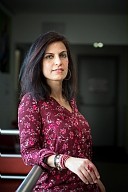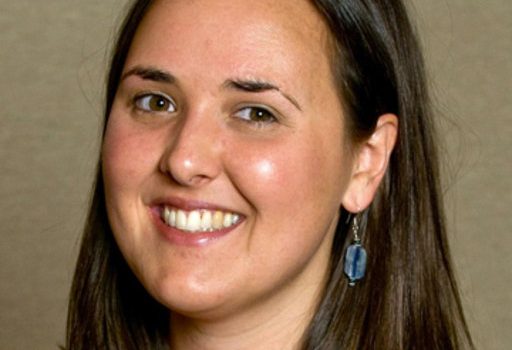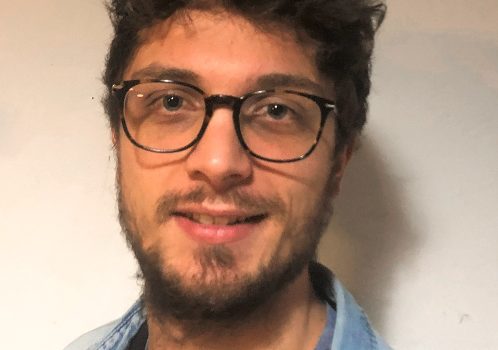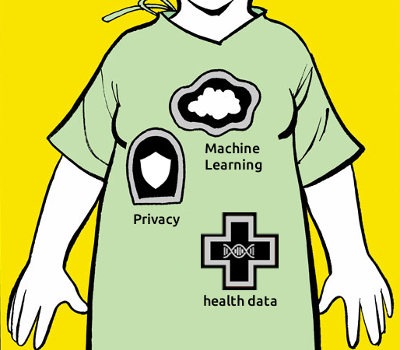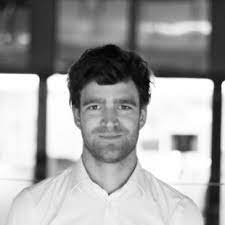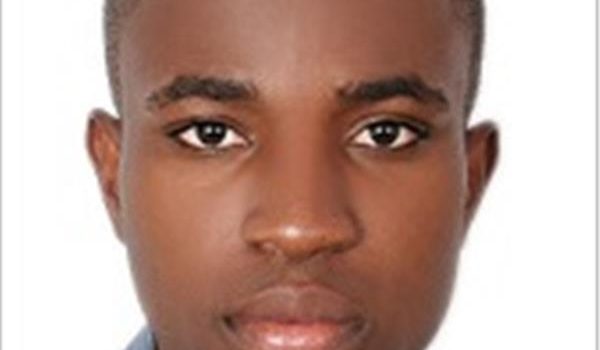
The defense will be held in the Amphitheater, Claude Chappe, and will be streamed live here.
Title
On the Performance of Spatial Modulation and Full Duplex Radio Architectures
Abstract
Index modulation techniques have exhibited great potential in the scenarios foreseen in next-generation wireless networks. Applying in the spatial domain, spatial modulation (SM) as a single radio-frequency (RF) multiple-input–multiple-output (MIMO) solution has attracted wide attention. The SM system has only one transmitting antenna activated for each time slot which results in low system complexity and cost. It exploits the index of the transmitting antennas to convey additional information bits.
To analyze the SM performance, a simulated framework over the time-varying Rician fading channel is built with ADS and Matlab software and a channel state information (CSI) detector is highlighted. The simulation results are verified by the experimental implementation based on the National Instruments (NI) PXI chassis hardware and LabVIEW programming environment. In the practical analysis, two models of the propagation environments are considered, where a channel sounding method is employed in order to extract the channel coefficients.
Despite issues on system complexity and cost, a shortage of spectrum resources can also restrict the development of mobile communications technology. Full duplex (FD) communications have been developed to double the radio link data rate and spectral efficiency through simultaneous and bidirectional communication. The main challenge of FD systems is self-interference (SI), which is caused by the coupling of the transmitting antenna with the receiving one. The combination of FD and SM will not only maintain spectral efficiency but also decrease the complexity of the self-interference cancellation (SIC) because of the single RF chain.
Based on these, a full duplex spatial modulation (FDSM) system is proposed as well as the SIC method. Moreover, the impact of SIC accuracy on the system performance is studied. We focus on the FDSM system imperfections including IQ imbalance, phase noise, power amplifier (PA) nonlinearities and RF switch nonidealities. The bit error rate (BER) performance under different scenarios with these imperfections is analyzed, along with the estimation and cancellation method.
Jury
- Marco Di Renzo, Research Director at CNRS, Reviewer
- Matthieu Crussière, Professor at INSA-Rennes, Reviewer
- Christelle Aupetit-Berthelemot, Professor at Université de Limoges, Examiner
- Taneli Riihonen, Associate Professor at Tampere University, Examiner
- Jean-Marie Gorce, Professor at INSA-Lyon, Examiner
- Dinh-Thuy Phan-Huy, Engineer at Orange Lab, Examiner
- Guillaume Villemaud, Associate Professeur at INSA-Lyon, Thesis director
- Florin-Doru Hutu, Associate Professor at INSA-Lyon, Co-director



